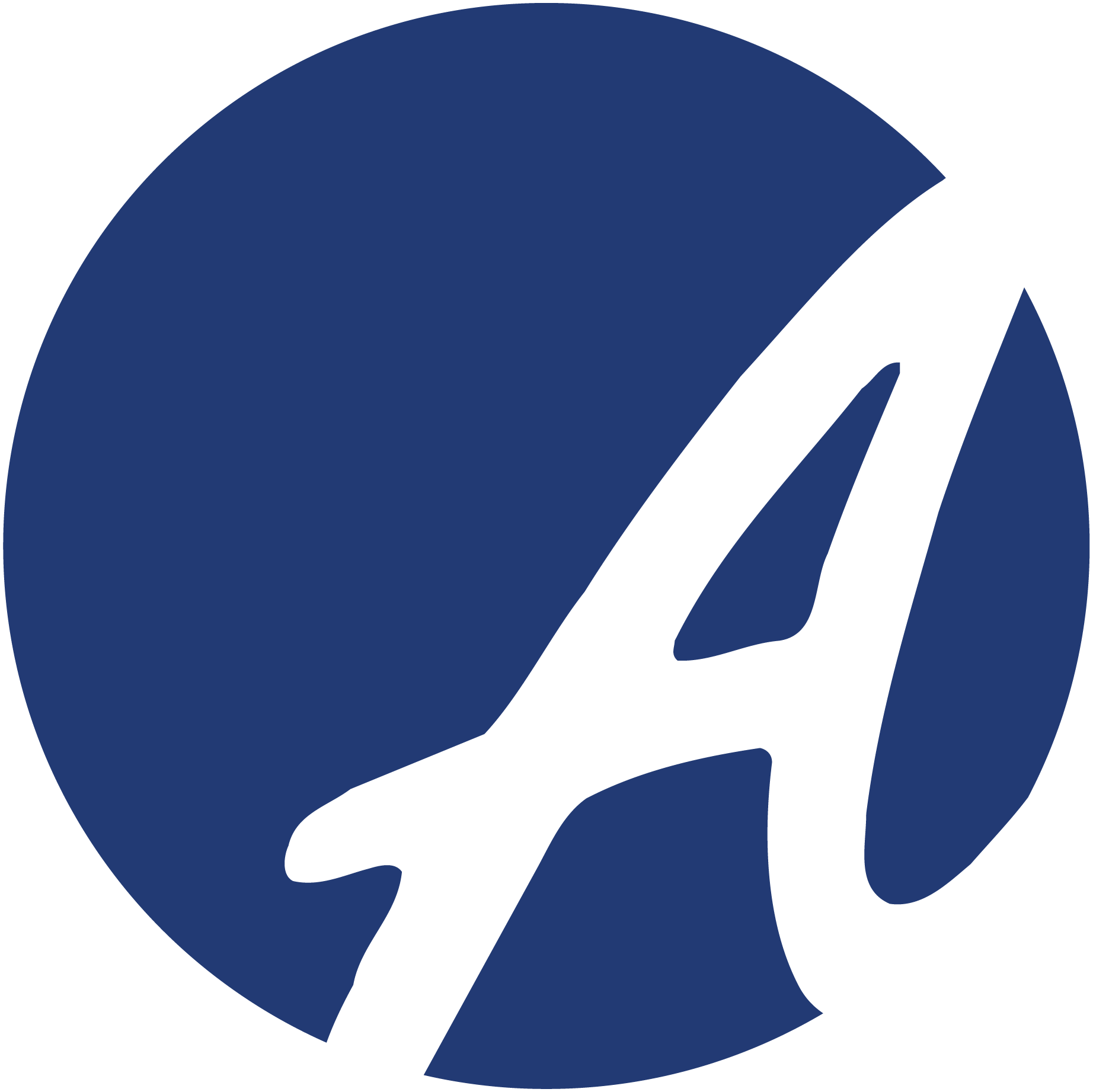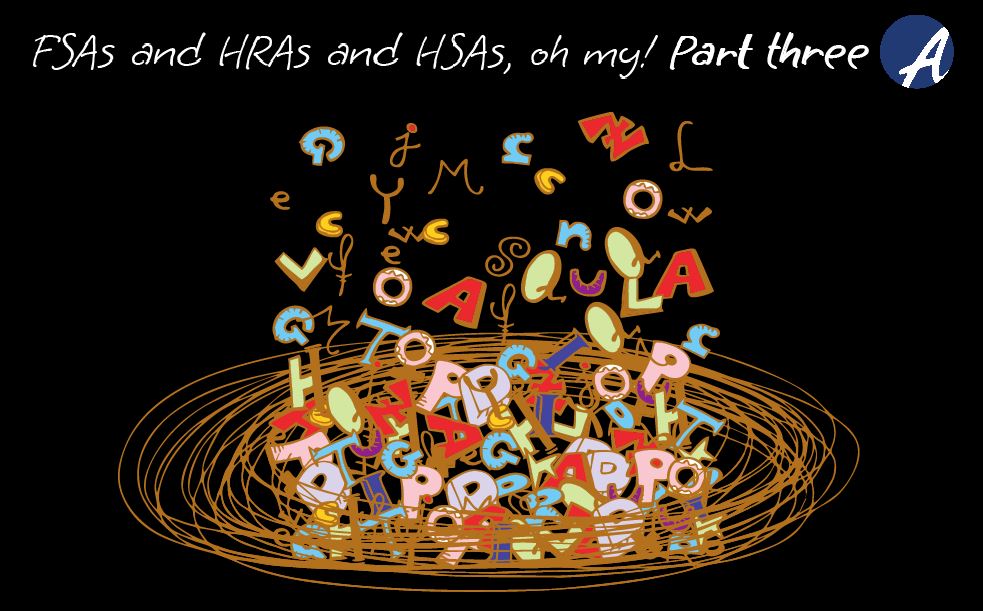3 min read
FSAs and HRAs and HSAs, oh my! Part three
As group health insurance premiums tick ever upward, firms of all sizes are seeking to lower costs. Consumer driven health (CDH) accounts, the...
4 min read
 Action Benefits
May 12, 2025
Action Benefits
May 12, 2025

Small businesses are the backbone of our economy, employing nearly half of the American workforce. Yet when it comes to employee benefits, these firms face an ongoing challenge: their employees often don’t fully understand – or take advantage of – the health insurance and other benefits available. This knowledge gap isn’t just an administrative headache: it represents missed opportunities for better health outcomes, financial security, and talent attraction and retention.
For health insurance agents working in this market, this challenge allows you to strut your stuff. Bridging this understanding gap for your clients and their employees will help them get more than their money’s worth, making you a true asset to their business.
Before discussing solutions, it's worth examining why this knowledge gap exists in the first place:
Limited HR resources: Often, it’s an owner or office manager who handles all human resources concerns. That person may not have the depth or breadth of knowledge to help employees make benefit decisions.
Information overload: Benefits packages contain dense, technical language that can overwhelm employees who aren't versed in insurance terminology.
Once-a-year focus: Many companies address benefits only during open enrollment, creating a "cramming session" approach rather than ongoing education.
Diverse workforce needs: Small business employees span different ages, family situations, and health conditions, requiring different types of benefits and different types of education to meet those needs.
Competing priorities: In busy small business environments, benefits education often takes a backseat to keeping the lights on and their customers happy.
Taken together, these factors leave employees on the short end of the stick. Research from Colonial Life revealed that 65% of employees aren't confident in their benefits decisions, and 80% don't even read their benefits materials thoroughly.
Closing this gap can be a game-changer for your business. When employees better understand their benefits, they make smarter healthcare decisions, experience greater satisfaction with their coverage, and appreciate the value their employer provides. That makes for happier clients.
But it’s entirely likely that you serve small groups across a number of industries. Each of those groups has its own age and family structure makeup. And all of them have various levels of experience with health insurance. How will you ever educate all of them in a way that connects?
Time to go back to elementary school for a moment. We’re going to Reduce, Reuse, and Recycle.
The first thing to overcome when designing your client education program? Reduce your need to create a custom presentation for each group.
There are a lot of type A personalities who just turned white (or red) at that thought. Hear us out:
You only have limited time, effort, and money to give toward your client education efforts. You still have an agency to run. You don’t need custom presentations for each and every client. What you need are customizable and repeatable resources that you can use as building blocks to create an educational package for each client.
Getting over that mental barrier lets you take a modular approach to client education. And when you’re ready to do that, you can…
Now, we are absolutely not saying that you create just one presentation to use everywhere you go, and in any context.
But we are saying that it’s perfectly okay to create resources that can be adapted to any number of groups.
Consider:
Your groups that are involved in highly physical jobs will need to know different things, generally speaking, than your groups who are primarily knowledge workers. You might create a presentation template that focuses on what those physical workers would use more often: Urgent and emergent care coverage, accidental death or disability (if offered), and supplemental income policies. That’s not to say, of course, that you wouldn’t discuss other benefits. You’d just give those more commonly used benefits in your education plan.
Your knowledge workers likely need different things from their benefits. If they’re staring at computers all day, make it a point to highlight whether and how their vision benefits can cover the costs of exams, lenses, and frames. You might also find ways to emphasize preventive care or weight management benefits, since these workers, on average, tend to be more sedentary.
In short, each group you have likely fits into an archetype, and those archetypes are certainly more numerous than what we outlined above. But, the resources you create should be reusable to meet the needs of those archetypes.
What other types of resources might you create?
As you build your library, the possibilities expand quickly.
Got an older group full of desk jockeys on a low(er) deductible plan? Set them up with a presentation that focuses on managing chronic conditions, resources that speak to how formularies work, and what coverage decisions they’ll need to make as they approach retirement. If you run into groups with similar needs, you’ll be able to pull these items off your proverbial shelf.
And if you’re comfortable with reducing and reusing, it must be time to…
On average, it takes seven exposures to a concept for it to really sink in. So, if you only talk to your groups' members at open enrollment, they might finally understand the difference between a deductible and out-of-pocket max after seven plan years.
Yikes.
Instead, build a benefits education calendar that identifies the key topics you’d want to address with employees throughout the plan year.
In January, or when their renewal becomes effective, you might focus on preventive benefits and other pre-deductible coverage they might have available. In November, or near the end of the plan year, plan to discuss how folks can use their FSA funds before year-end. And in between? Walk them through their member portals, find-a-doctor tools, and all those embedded extras in their plans.
An Agency Management System (like the one from our partners at AgencyBloc) can help you automate those communications throughout a group’s plan year.
You can really make a difference with a multi-client benefits portal. Such portals allow you to set up branded spaces for each employer, while keeping your name front and center throughout. In these portals, employers should be able to conduct enrollments and membership changes. Employees should be able to compare and enroll in coverage options. And, embedded educational resources should be front and center.
And not for nothing, but CoverageForCompanies® checks all those boxes. We provide it at no cost to all agents in our co-broker agreement.
Becoming an expert in client education builds value for your customers, which no doubt helps with your own client retention and acquisition. But, adding new clients doesn’t mean you should have to rework your client education efforts from the ground up. Instead, keep your education program scalable by making modular materials that can be reused across a variety of client groups.

3 min read
As group health insurance premiums tick ever upward, firms of all sizes are seeking to lower costs. Consumer driven health (CDH) accounts, the...

3 min read
As of writing, 35 states have some sort of allowance for medical marijuana in their borders. And like other industries, these businesses have sales,...

2 min read
As group health insurance premiums tick ever upward, firms of all sizes are seeking to lower costs. Consumer driven health (CDH) accounts, the...